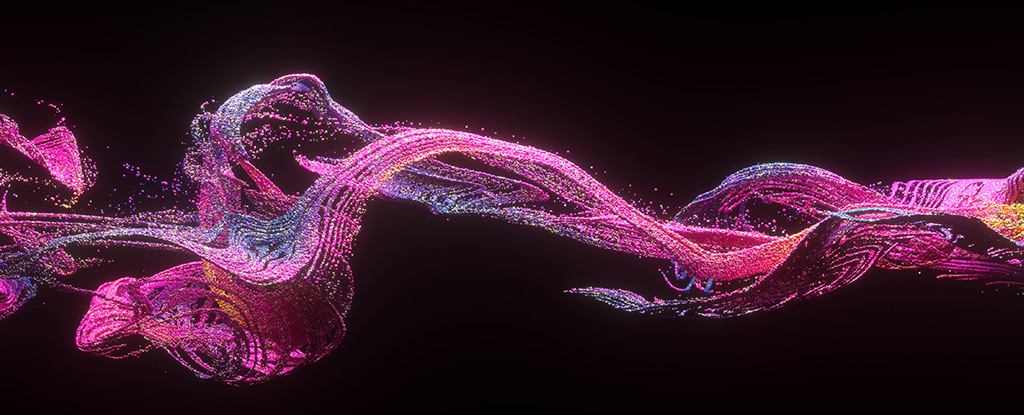Flipping the switch on any electrical device can kickstart a parade of charged particles, all moving in sync to the rhythm of the circuit’s voltage.
However, recent research with strange metals – exotic materials resistant to electricity– has revealed that electricity doesn’t always follow the same rules, prompting physicists to rethink the nature of particles.
This discovery was made using nanowires made of a specific combination of ytterbium, rhodium, and silicon (YbRh2Si2). Researchers from the US and Austria conducted quantum measurement experiments on these nanowires, providing evidence to resolve a debate about the behavior of electrical currents in unconventional metals.
Strange metals were first discovered in copper-based compounds in the late 20th century. They exhibit resistance to electrical currents at higher temperatures, unlike conventional metals which tend to plateau at a certain temperature. The resistance of strange metals increases in a unique way, compared to ordinary materials.
Unlike normal metals, the resistance of strange metals increases by a fixed amount for every degree rise in temperature, suggesting that the flow of charge-carrying particles in these materials differs from that in regular conductors.
Currents in strange metals don’t operate in the same way as in ordinary metals. The interaction of charge-carrying particles with surrounding particles in strange metals seems to be more complex, leading to unconventional resistance behaviors.
Electricity is a quantum phenomenon, with particles harmonizing to act like single units known as quasiparticles. Whether these quasiparticles explain the unusual resistance behaviors of strange metals has been a longstanding question.
The researchers made use of a phenomenon called shot noise to clarify the behavior of quasiparticles in the flow of electrons in strange metals. Shot noise offers insights into the granularity of charges as they move through a conductor.
According to senior author Doug Natelson, measurements of shot noise in YbRh2Si2 revealed behavior indicative of electrical flow in strange metals, suggesting a liquid-like charge rather than the typical behavior of electrons in conventional metals.
This study supports a model proposed over two decades ago by condensed matter physicist Qimiao Si, stating that electrons in certain materials no longer share characteristics allowing them to form quasiparticles at near-zero temperatures.
While conventional quasiparticle behavior can be ruled out, the specific nature of this ‘liquid’ current and its potential presence in other strange metal compounds remain areas of uncertainty.
This groundbreaking research was published in the journal Science.


